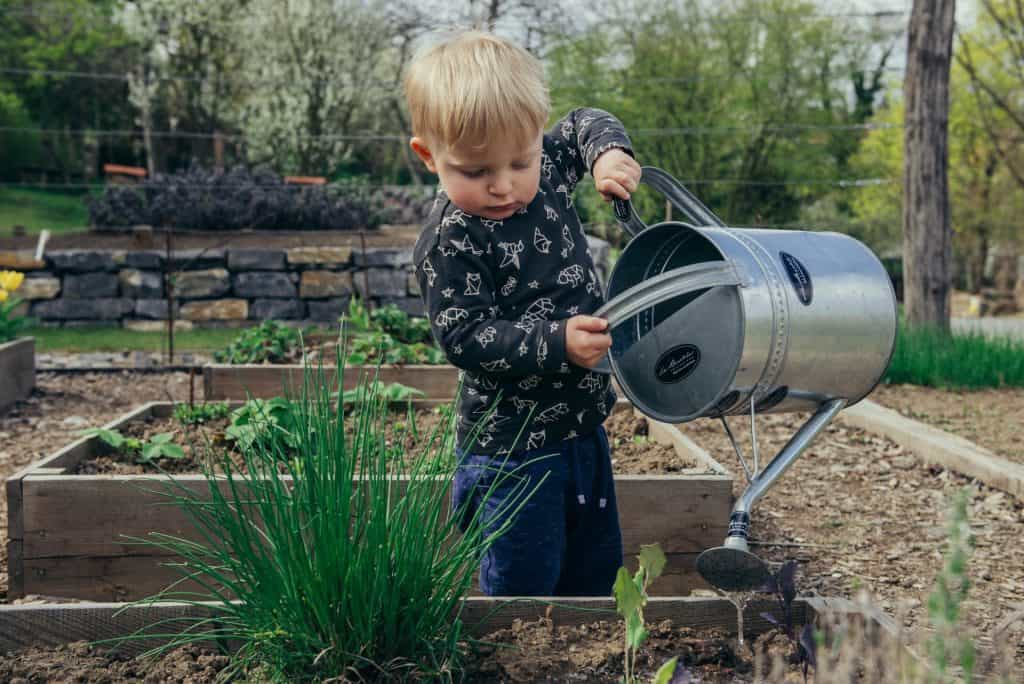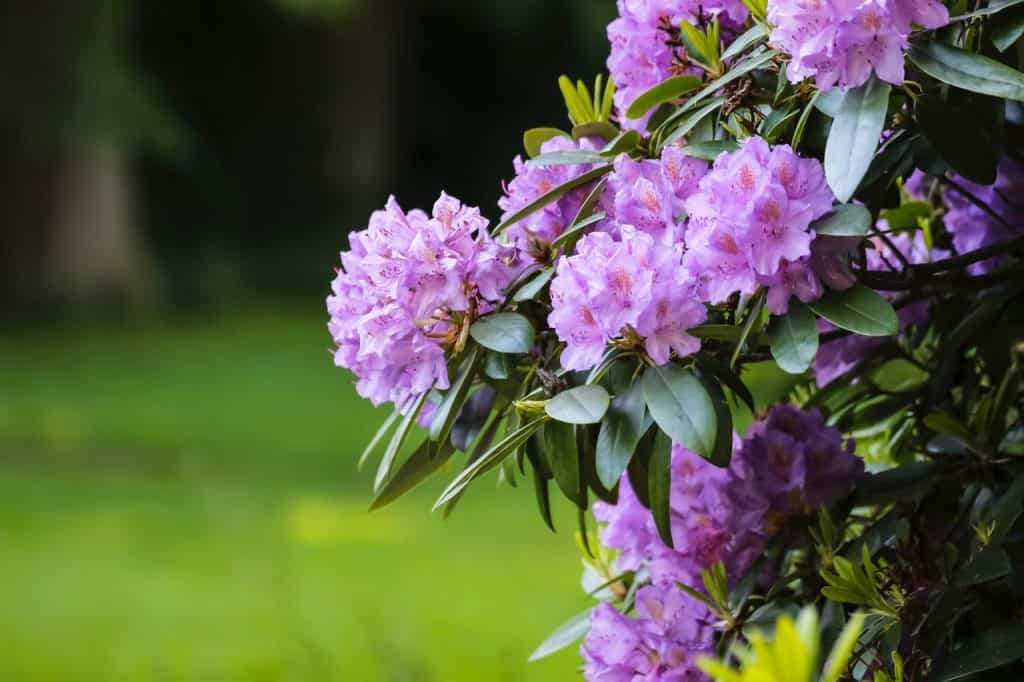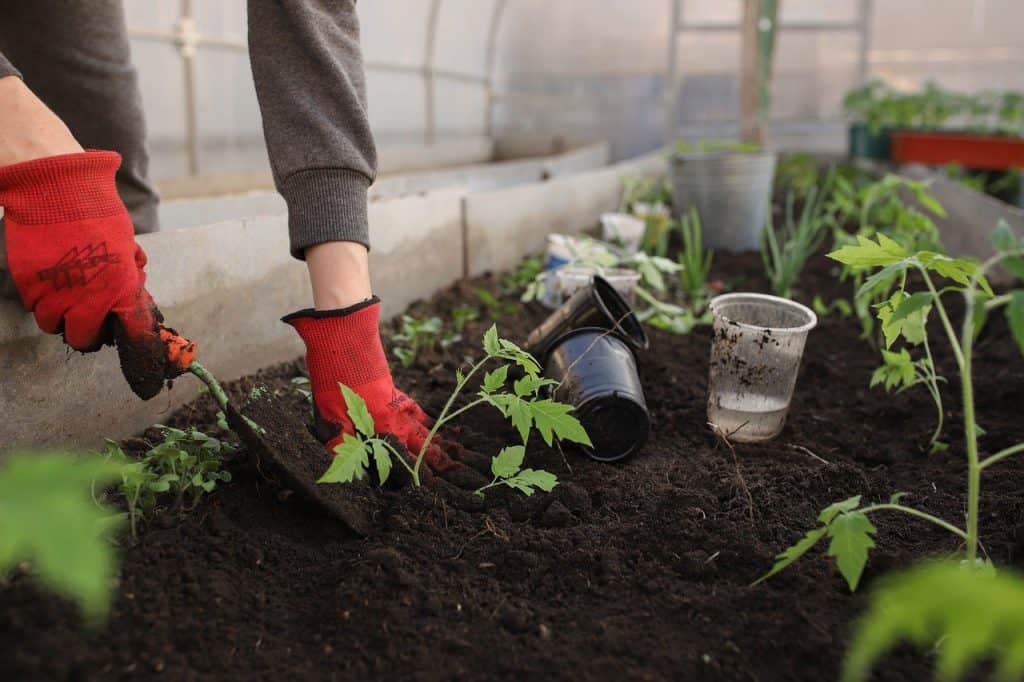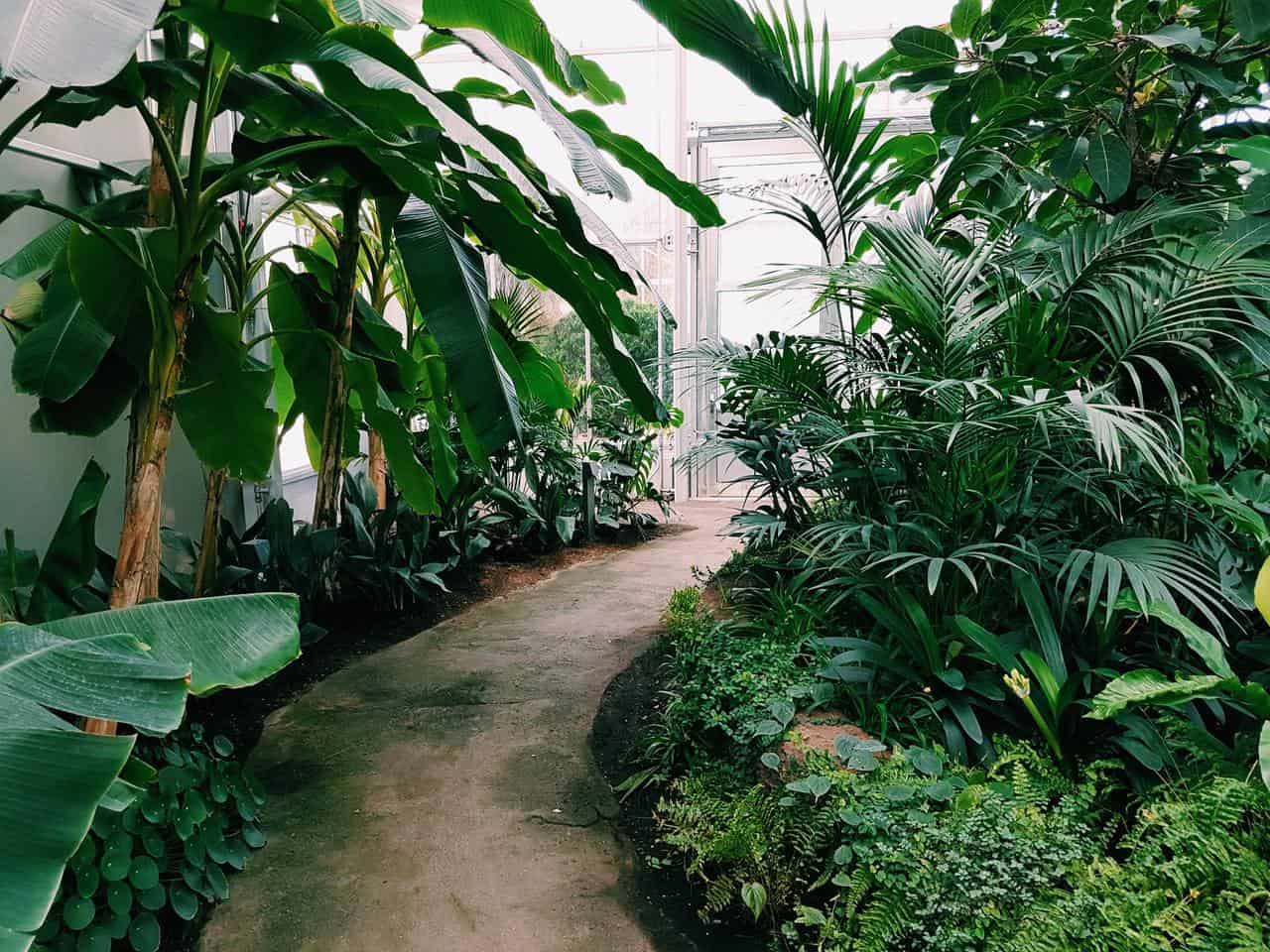No one likes to see their garden turn brown and die. It’s a frustrating experience that can leave you feeling powerless. But with the right knowledge, you can keep your garden looking lush and green all year round.
This article will discuss some secrets to keeping your garden healthy and happy. Follow our tips, and you’ll be able to maintain a beautiful garden no matter what the season.
1. Water Your Plants Regularly and Deeply

Water is essential for plant growth, so water your plants regularly, especially during the hot summer months. Deep watering means giving your plants enough water to reach the roots.
Additionally, it would be best to water your plants in the morning or evening when it is cooler outside. Watering during the day’s heat can cause evaporation, which means your plants will not get as much water as they need.
Check the soil before watering, as overwatering can be just as harmful as not watering.
If you have trouble remembering to water your plants, try setting a timer or placing a reminder on your phone.
Another good tip is to invest in a soaker hose. These hoses slowly release water over a period, which means your plants will get a deep watering even if you forget about them for a day or two.
2. Know the Soil pH
There are many different types of soil, each with its unique characteristics. One crucial factor that determines the quality of soil is its pH level. Soil with a high pH is considered alkaline, while soil with a low pH is considered acidic.
The ideal pH level for most plants is around 6.5, slightly acidic.
However, some plants prefer soil that is more alkaline or more acidic. For example, blueberries thrive in soils with a pH level of 4.5-5.5, while amaranth prefers soils with 6.0-7.0.
Knowing the ideal pH level for your plants can help you choose the best soil type for them.
3. Add Organic Matter to the Soil
Organic matter is a great way to improve the quality of your soil. It helps retain moisture, which is essential for plant growth. It also provides nutrients that are vital for plant health.
There are many different types of organic matter you can add to your soil, such as compost, manure, leaves, and grass clippings. Organic matter helps improve drainage and aeration.
It’s a simple way to boost your plants and help them stay healthy.
Don’t have any organic matter on hand? You can usually purchase it from your local garden center. Adding organic matter to your soil is vital in keeping your garden healthy.
Be sure to do it regularly to ensure that your plants get the nutrients.
4. Add Rhododendrons to Your Garden

Rhododendrons are a beautiful and popular type of flowering plant. They come in a wide range of colors, from deep purple to pale pink, and their large blossoms can brighten up any garden.
The rhododendrons flower from spring through summer, providing months of color and beauty. Rhododendrons are relatively easy to grow and care for, and they make an excellent addition to any garden.
However, they can be finicky plants, requiring specific growing conditions to flourish. For example, rhododendrons need acidic soil to thrive, so if you live in an area with alkaline soil, you’ll need to take steps to amend the soil before planting.
In addition, rhododendrons need plenty of moisture, so you should water them regularly during the growing season. They also prefer humid, shady environments. With proper care, rhododendrons will bring life to your garden.
5. Prune Plants Regularly
As any gardener knows, keeping plants healthy requires more than providing water and sunshine. Plants also need to be pruned regularly.
Pruning helps to remove dead or diseased leaves and branches, improving air circulation and preventing the spread of pests and diseases.
In addition, pruning encourages new growth, resulting in fuller, healthier plants. However, many people are hesitant to prune their plants for fear of damaging them.
However, the truth is that pruning is an essential part of plant care and, when done correctly, can help your plants thrive.
While it may seem daunting, pruning is quite easy once you know the basics. Start by removing dead or dying leaves, then trim any straggly branches. Be sure to use sharp shears or pruners so that you don’t damage the plant.
With a little patience and care, you can keep your plants healthy and your garden green. So don’t be afraid to get out your shears and give your plants a little TLC.
6. Plant Trees
A green garden is a sign of a healthy ecosystem. Trees play an essential role in keeping gardens looking green and supporting various wildlife.
By planting trees, you can provide homes for animals, help to improve air quality, and increase the amount of water available for plants.
Trees also help to reduce noise pollution and provide shade on hot days. When selecting trees for your gardens, it is essential to choose species that are native to your area.
It will help ensure the trees are well-suited to the local climate and soil conditions.
Their deep roots help prevent soil erosion, and their dense canopy helps to protect against drought conditions.
As a result, planting trees is one of the best ways to ensure that your garden remains healthy and verdant for years to come.
7. Use Fewer Chemical-based Products
While chemical-based products can be effective, they can also harm your plants. If possible, try to use natural solutions for problems such as pests or weeds.
There are several recipes available online for homemade pesticides and weed killers. These solutions are often just as effective as the chemicals but are much safer for your plants.
Follow the directions carefully when using any pesticide, herbicide, or fertilizer. Overusing these products can damage your plants and make them more susceptible to problems.
8. Take Care of Weeds
Weeds can be a nuisance in any garden, crowding out desired plants and stealing nutrients from the soil. They can also be unsightly, making your garden look untidy. However, weeds are more than just a cosmetic problem.
They can also reduce crop yields, damage lawns, and harbor pests and diseases. Therefore, it is vital to take steps to control them.
One of the simplest methods is to pull them by hand. It is especially effective for small weeds that have not yet gone to seed.
Another option is to use mulch, which can help to prevent weed seeds from germinating in the first place.
Finally, herbicides can be used as a last resort. However, it is essential to carefully read the labels and follow the directions, as some herbicides can also damage desirable plants.
By taking a few simple steps, you can keep your garden weed-free.
9. Remove Any Debris
A green and healthy garden is the pride of any homeowner. It provides a pleasant place to relax and enjoy the outdoors, but it can also add to the value of your property.
One of the key steps in maintaining a healthy garden is to remove any accumulated debris. It includes:
- Dead leaves
- Twigs
- Branches
- Dead flowers
This debris takes away from the aesthetic appeal of your garden, but it can also harbor pests and diseases. In addition, removing debris helps to ensure that your grass and plants are getting the sunlight and air they need to thrive.
So next time you’re looking at your garden, take a few minutes to clear away any accumulated debris.
10. Plant a Variety of Plants
A green, healthy garden is the envy of any homeowner. Unfortunately, maintaining a garden can be a lot of work, and it’s all too easy for it to become overgrown and neglected.
One way to keep your garden looking its best is to plant various plants. Even if one plant dies or begins to look unhealthy, the others will still provide color and life to your garden.
Another benefit of planting various plants is that you’ll never get bored with your garden; there will always be something new to see as the plants grow and change.
A diverse garden is more likely to attract wildlife, including birds, butterflies, and bees.
11. Apply fertilizer

A healthy garden needs the right mix of nutrients to thrive. Fertilizer provides these essential nutrients, giving plants the food to grow strong and stay green.
However, not all fertilizer is created equal. Different types of fertilizer contain different nutrients, so it’s essential to choose the right fertilizer for your garden.
For example, a lawn fertilizer will have different nutrients than a fertilizer for vegetable plants. In addition, the amount of fertilizer you apply should be based on the type of plant and the time of year.
Too much fertilizer can burn plants, while too little will not provide the necessary nutrients.
Over-fertilizing can pollute nearby waterways. As a result, it is essential to use fertilizer sparingly and only when necessary. Also, ensure to choose a product designed for use in gardens and follow the instructions carefully.
Keeping your garden green all year round can seem daunting, but you can easily accomplish it with the right knowledge and tools. By following the above steps, you can ensure that your garden stays green.
With a little bit of effort, you can have a beautiful and thriving garden that will add curb appeal to your home and provide fresh produce all season long.



